Revised Tax Audit Report: Deadlines and Important Precautions

Importance of GSTR 1 Retrun Filing for Regular GST Taxpayers
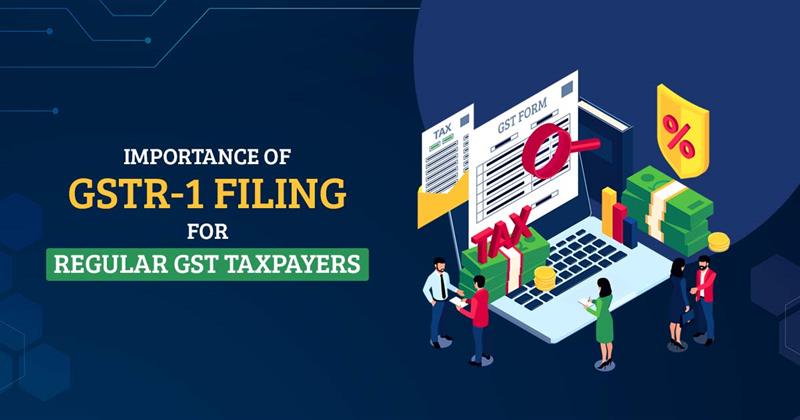
If you own a business in India, you're likely familiar with the Goods and Services Tax, commonly known as GST. One important requirement under this system is submitting your GST returns on time. One of the main forms you’ll need to file is called GSTR 1, which is crucial for following GST rules. In this article, we’ll simplify what the GSTR-1 form is and explain the deadlines for regular taxpayers.
The Role of Payroll Software in Labour Law Compliance

Companies in the present era would be required to get updated on the rules of employee rights and pay. Such rules could get revised with time, and errors, delays, and even expensive fines may occur if businesses use the older methods. Therefore, for such complexities, payroll software has arrived. It manages the employee payments and makes businesses follow the current rules, which ensures that they stay compliant and function easily.
Main Features That a Balance Sheet Software Should Have
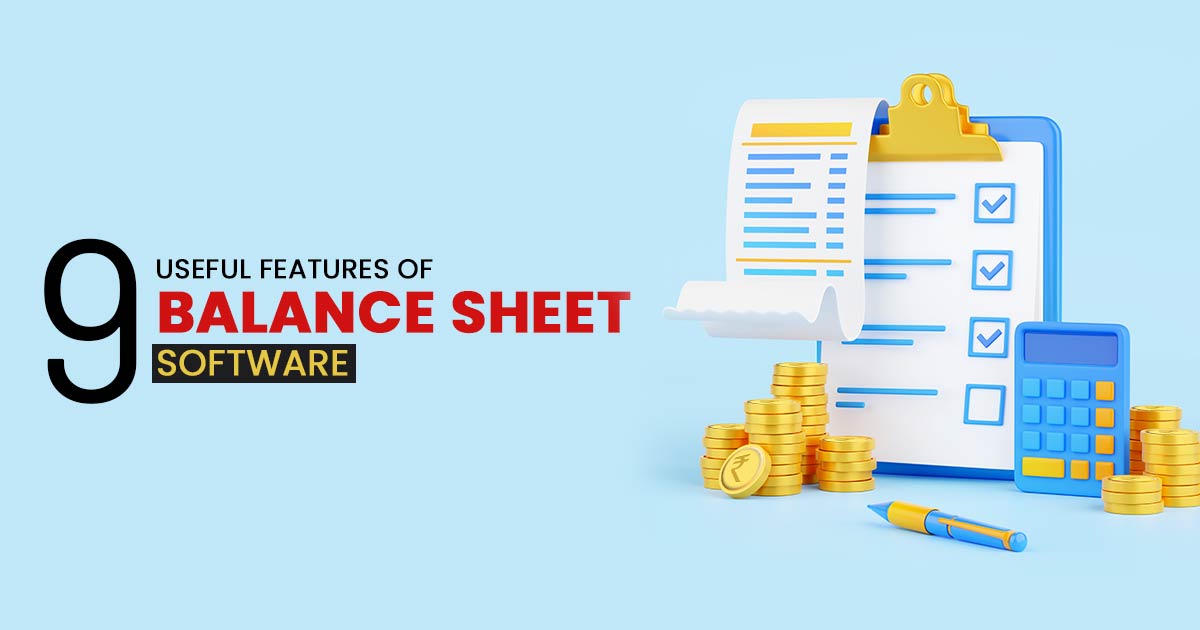
Businesses in the present world should keep their money and things appropriately. Balance sheet is one of the key document that supports the same. This document shows what a company owns, what it owes, and how much it’s worth. Special software is being utilised by many businesses to make and update a balance sheet. For perfect reporting and effective working, ensuring to choose the right software is significant.
E-Invoicing by Gen GST Software or Manually: Which is Better
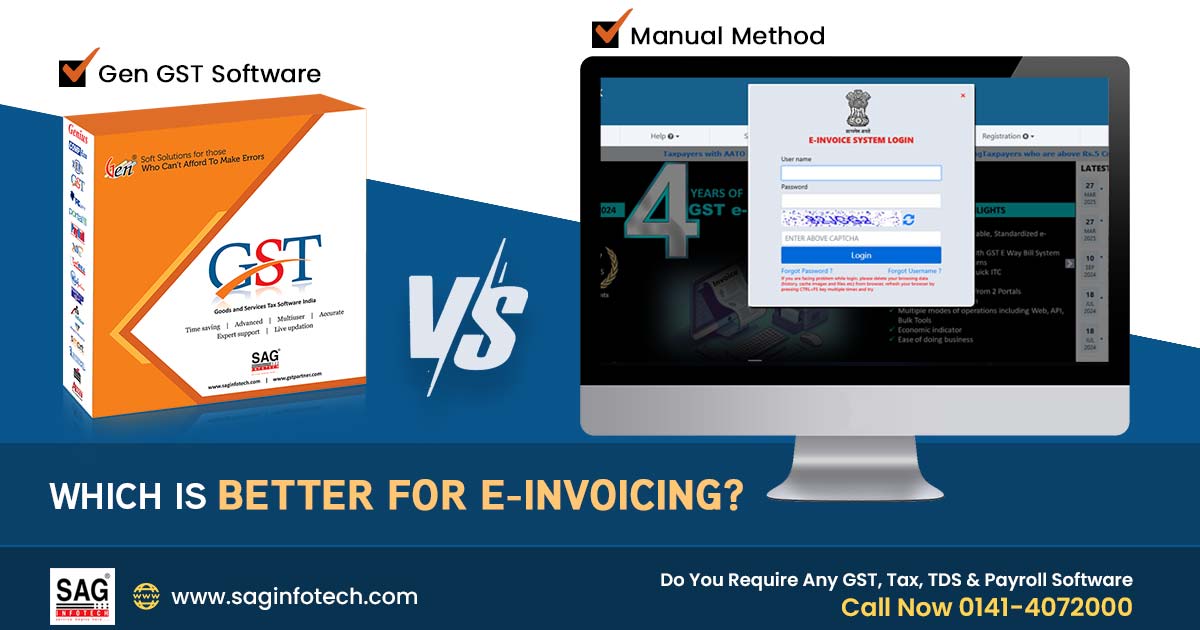
In the current era, businesses must have to be efficient, accurate, and compliant with tax regulations. Invoicing has become organised and is rigorously monitored as India introduced the Goods and Services Tax (GST). Your business (a small shop or a large business) operations shall be impacted by choosing between creating e-Invoices manually or using software like Gen GST. Both methods are explained in this blog, which can help you decide what is good for you.
Why Annual Returns Matter: How ROC Software Ensures Compliance
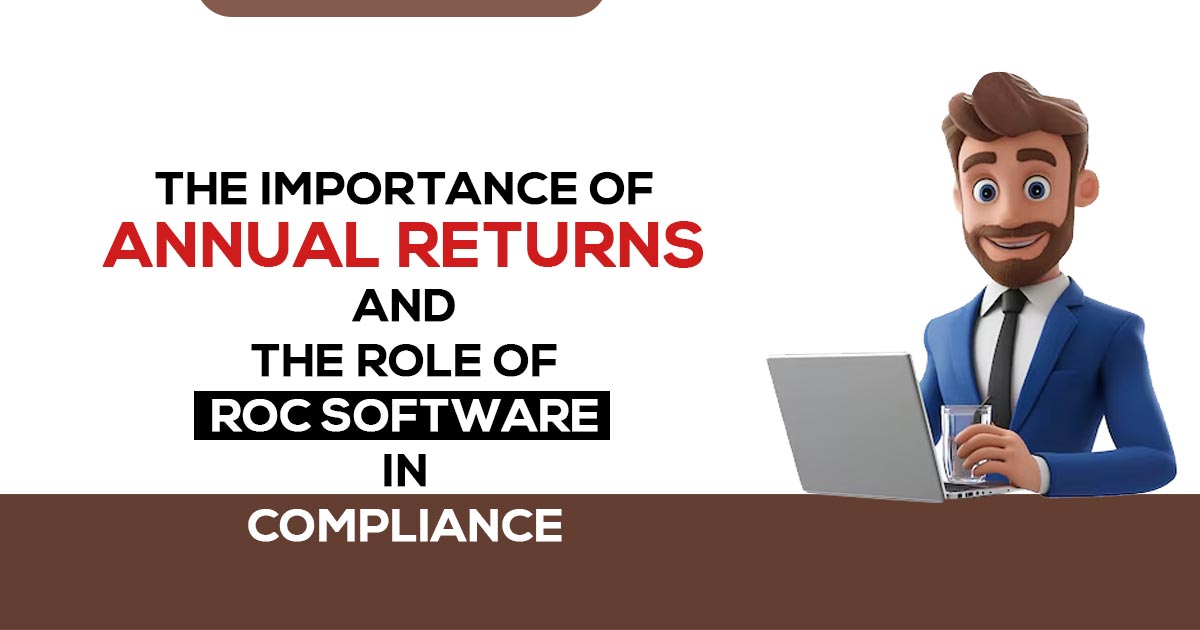
Under the Ministry of Corporate Affairs (MCA), businesses in India must comply with particular rules that ministers company operations via the Registrar of Companies (ROC). It is essential for any company (private business, a public company, or a one-person operation), required to furnish the essential documents along with annual returns and financial statements to the ROC each year. With the use of the particular forms, like MGT-7 for the annual return and AOC-4 for the financial statements, these documents are submitted.
Gen TDS Software: Simplify Tax Calculation for Mid-Businesses

In the present tax compliance world, following the rules can not be easier, and many medium-sized businesses often stumble with handling their paperwork and fulfilling the due date. To make this process easier, Gen TDS software emerges. The same modern tax tool is made to ease the procedure to manage the Tax Deducted at Source (TDS), which makes it simpler, quicker, and precise for businesses to handle their taxes.
Offline Tax Filing with Latest ITR-1 & 4 Excel Utilities
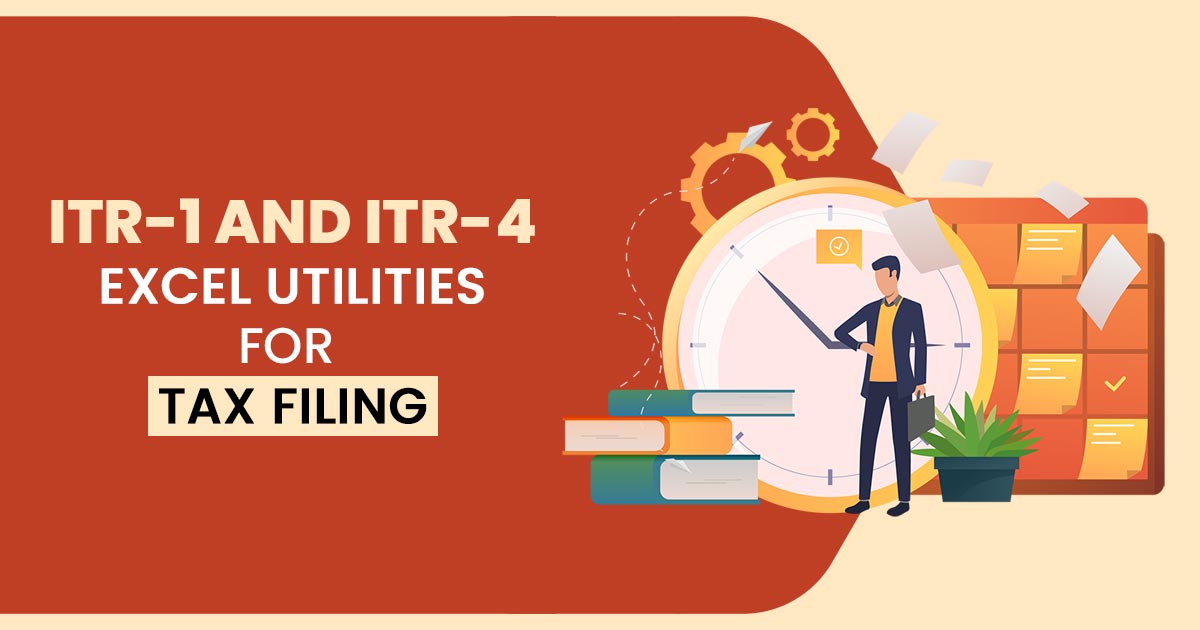
For ITR-1 and ITR-4 forms for the Assessment Year 2025-26, the Income Tax Department has released the Excel utilities. Income tax returns for income made in FY 2024-25 can now be filed by the salaried individuals, freelancers, small business owners, and pensioners from the same proceeds.
How SAG Infotech Supports CAs During ITR Filing Season
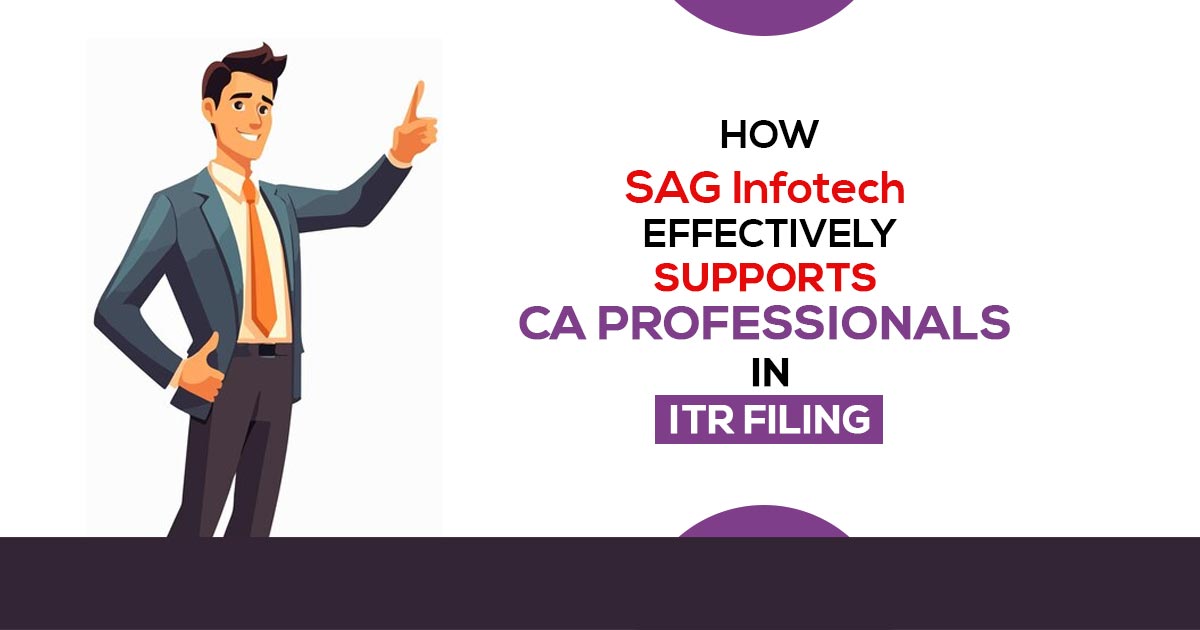
Chartered Accountants (CAs) spend more time on tax filing, which consumes time and is challenging. CAs are busy assisting their clients with their taxes during the filing period. While staying ahead of tax rules, CAs should sort through financial information. Their job is demanding due to the need to submit everything on time and without mistakes.
Manual ROC Filing vs Gen Complaw Software: Pros and Cons
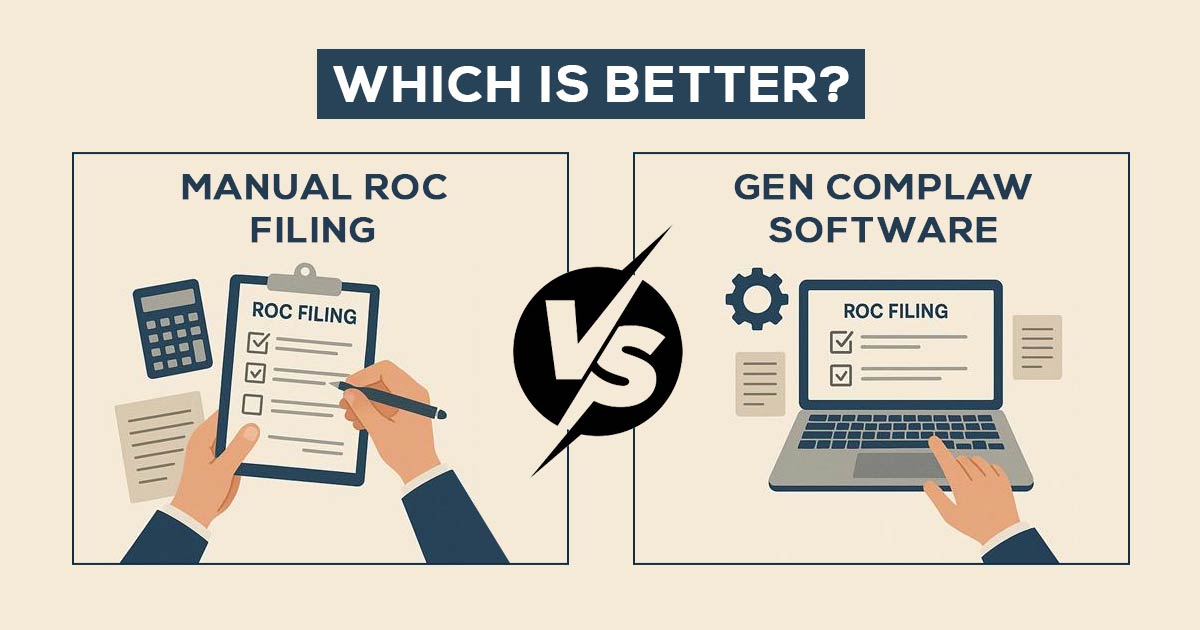
For companies registered under the Companies Act, 2013, filing the documents with the Registrar of Companies (ROC) is a significant obligation. This comprises submitting annual reports, financial statements, decisions made by the board, and other needed documents. Businesses appropriately complete these filings on time to stay compliant with the law and avoid fines.
New Format of Form 16 for FY 2024-25 – Check What’s New
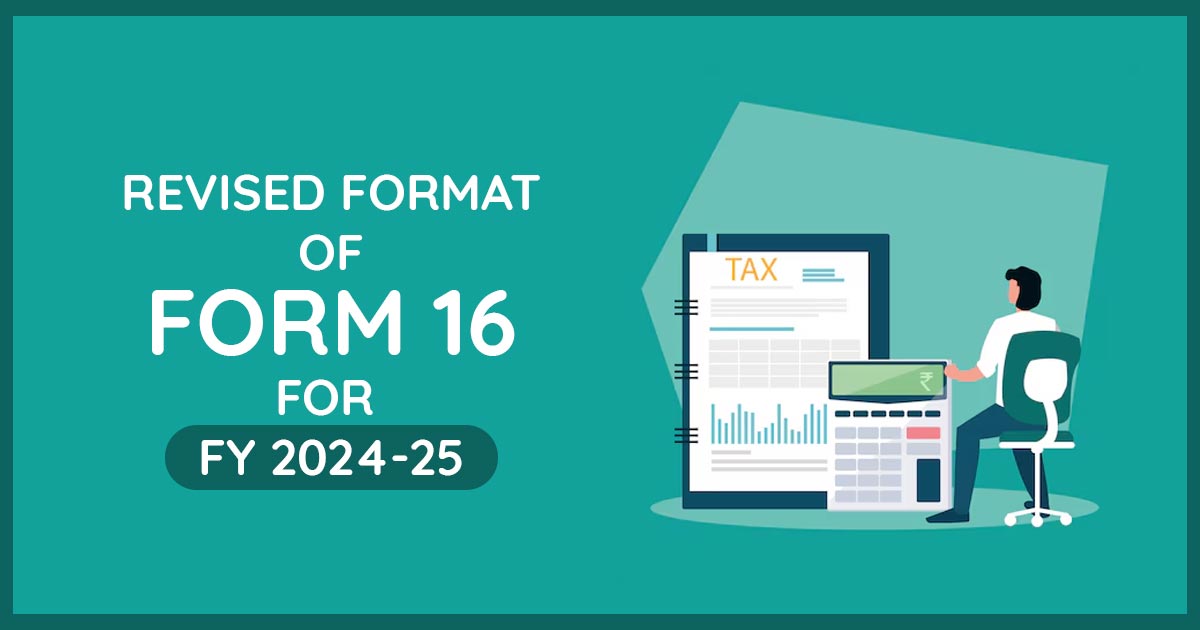 With the approach of the
new fiscal year from April 1, the taxpayers in the nation are
proceeding to submit their previous year's income tax return. The
filing forms are expected to be notified by the Income Tax
Department for the financial year 2024-25, or Assessment Year
2025-26. For a smooth and error-free ITR filing procedure, it is
mandated for the taxpayers to have all the required documents
before the due date.
With the approach of the
new fiscal year from April 1, the taxpayers in the nation are
proceeding to submit their previous year's income tax return. The
filing forms are expected to be notified by the Income Tax
Department for the financial year 2024-25, or Assessment Year
2025-26. For a smooth and error-free ITR filing procedure, it is
mandated for the taxpayers to have all the required documents
before the due date.
ITR: Things to Consider When Filing Your Return for 1st Time

The taxpayers, along with the salaried individuals, can start filing their income tax return(ITR) for the earlier fiscal year as the new assessment year 2025-26 starts. The filing of the ITR can be completed online via the official income tax department portal.
ITR: A Guide to E-File Tax Return Without Form 16 for AY 25-26
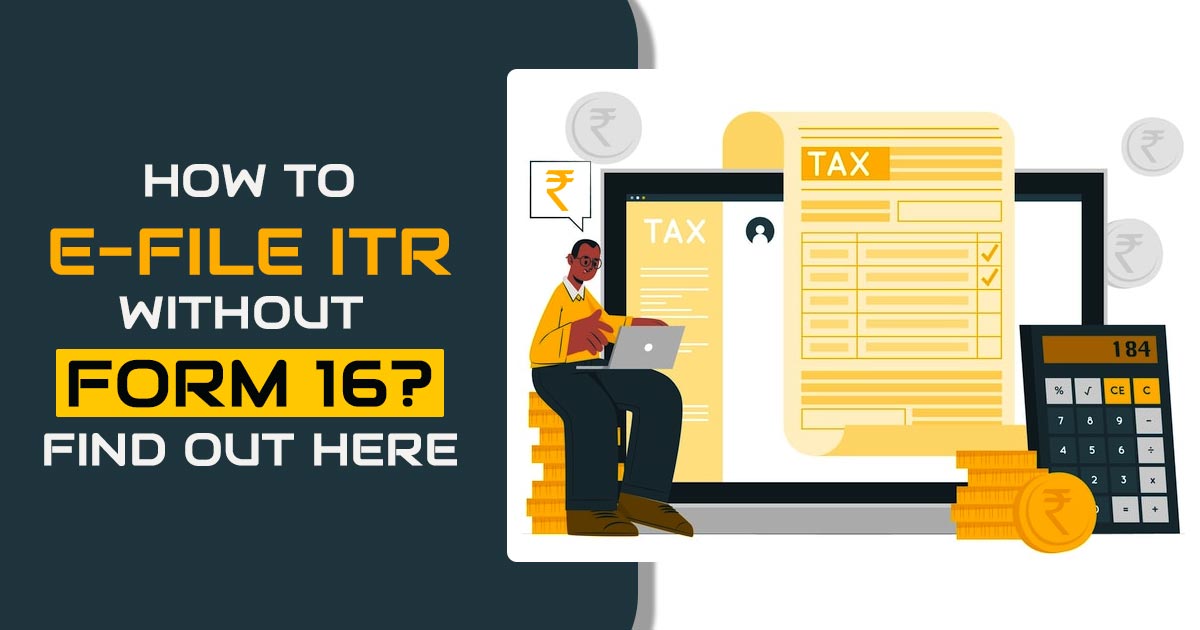
The process of filing the income tax return (ITR) for the assessment year 2025-26 has started with the beginning of the new financial year. The taxpayers from 1st April every year can submit their ITR for the previous fiscal year. But most employers furnish Form 16 to their employees merely after mid-May, after which most people delay filing the returns.
Understand Pvt. Ltd. Annual Returns as per Companies Act, 2013

Under the Companies Act, 2013 Annual return filing for Pvt. Ltd corporations is an essential compliance requirement. This blog wraps important files, due dates, penalties, and overdue expenses related to annual returns submitted for Pvt. Ltd companies.
Some Income Tax Deductions Still Available Under the NTR
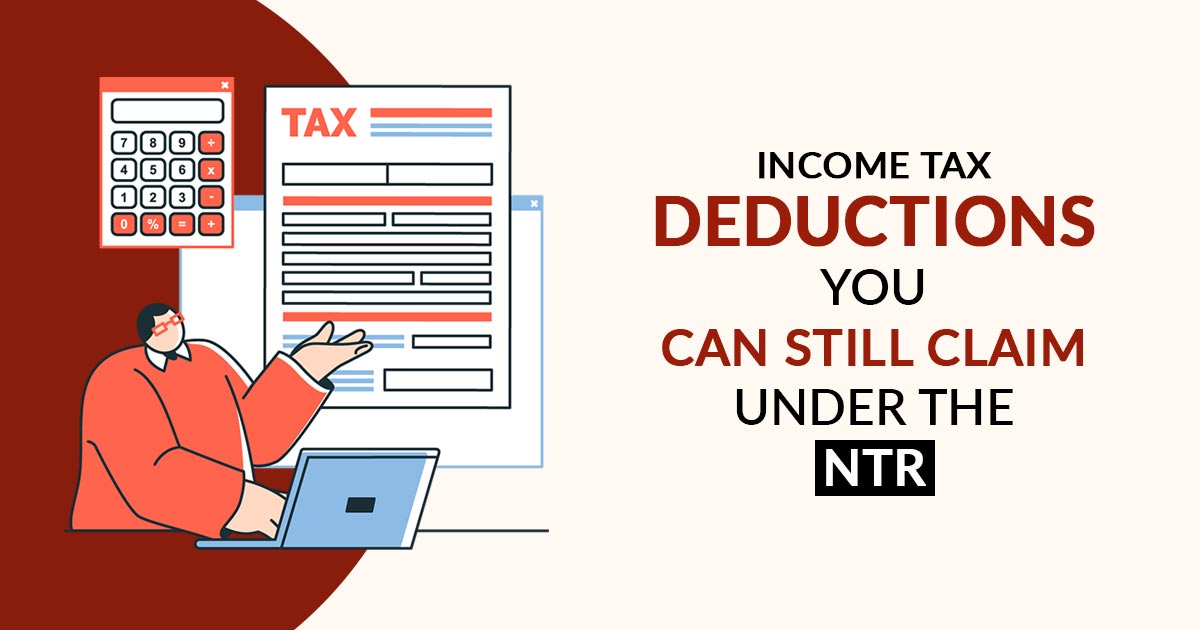
As the new tax regime becomes more common, taxpayers may lose their ability to claim many exemptions and deductions available under the old tax regime. This includes provisions from sections 80C, 80D, 80DD, and 80G.
Who Can and Cannot File ITR-U Under 48-Month Extension

Income Tax filing: Finance Minister Nirmala Sitharaman in budget 2025 recommends extending the time duration to provide the amended Income tax returns (ITRs) from two to four years. The same adjustment furnishes the taxpayers with more time to address the inaccuracies reveal the ignored income and comply with the tax norms.
Avoid Late Fee and Notice: File GSTR-9C Form by Mar 31

A notification has been issued by the finance ministry concerning Goods and Services Tax (GST) payers who do not submit the annual reconciliation statement via the GSTR-9C form.
As per the GST circular, such registered taxpayers have an opportunity not to file any outstanding late fees for failing to file form GSTR-9C for FY 2017-18 to FY 2022-23. To claim the exemption, the pending GSTR-9C must be filed by March 31, 2025.
GST: Tax Professionals Encounter Issues Due to Errors on GSTN Portal
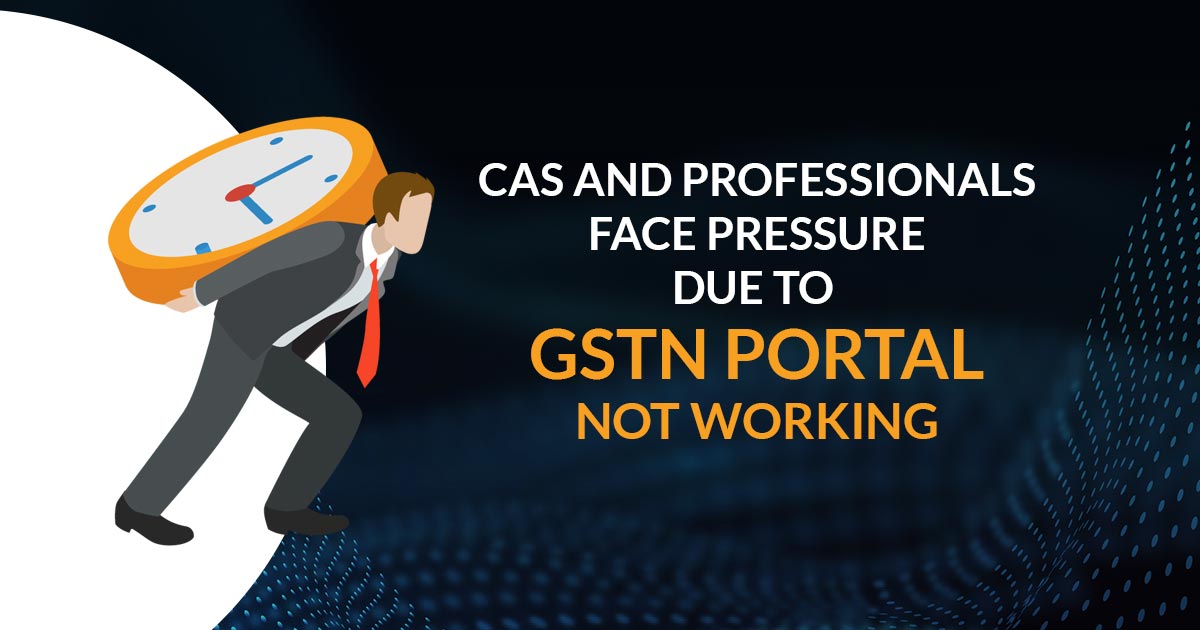
It is disappointing to note that the GST portal has once again gone into hibernation. As per the official message, The portal filing returns and generating invoices is down —until 06:00 PM today, which before mentioned that the portal will resume operating at 03:00 PM IST.
How a Payroll Service Helps Employers Manage Tax Compliance
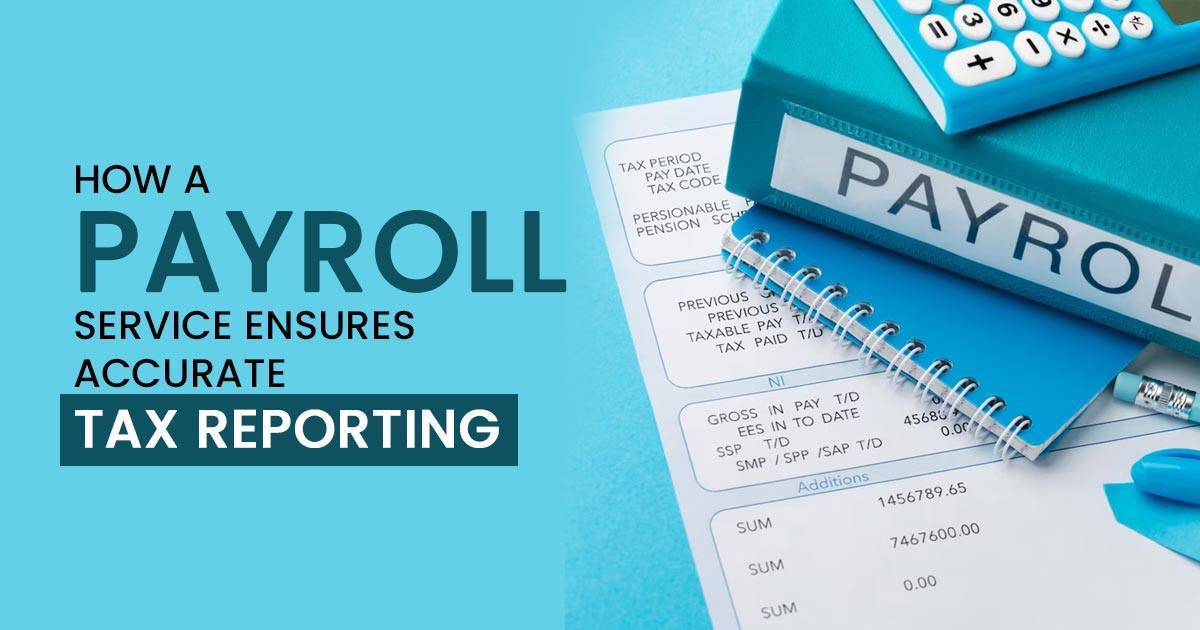
Many companies, regardless of how efficiently they handle other tasks, often rely on external sources for payroll management. This decision is both practical and strategic, as it saves time and costs while allowing the organization to focus on other critical tasks that drive growth. Another key reason for outsourcing payroll is the complex tax compliance structure. Navigating the intricacies of tax regulations, especially for employers managing a global workforce, often requires the expertise of external professionals.
Know About Income Tax Forms 3CA, 3CB, 3CD & 3CE In India

Under Income Tax rules, certain taxpayers are required to have their accounts audited under Section 44AB. The auditor prepares an audit report and submits it using the prescribed audit form, along with additional required details.
